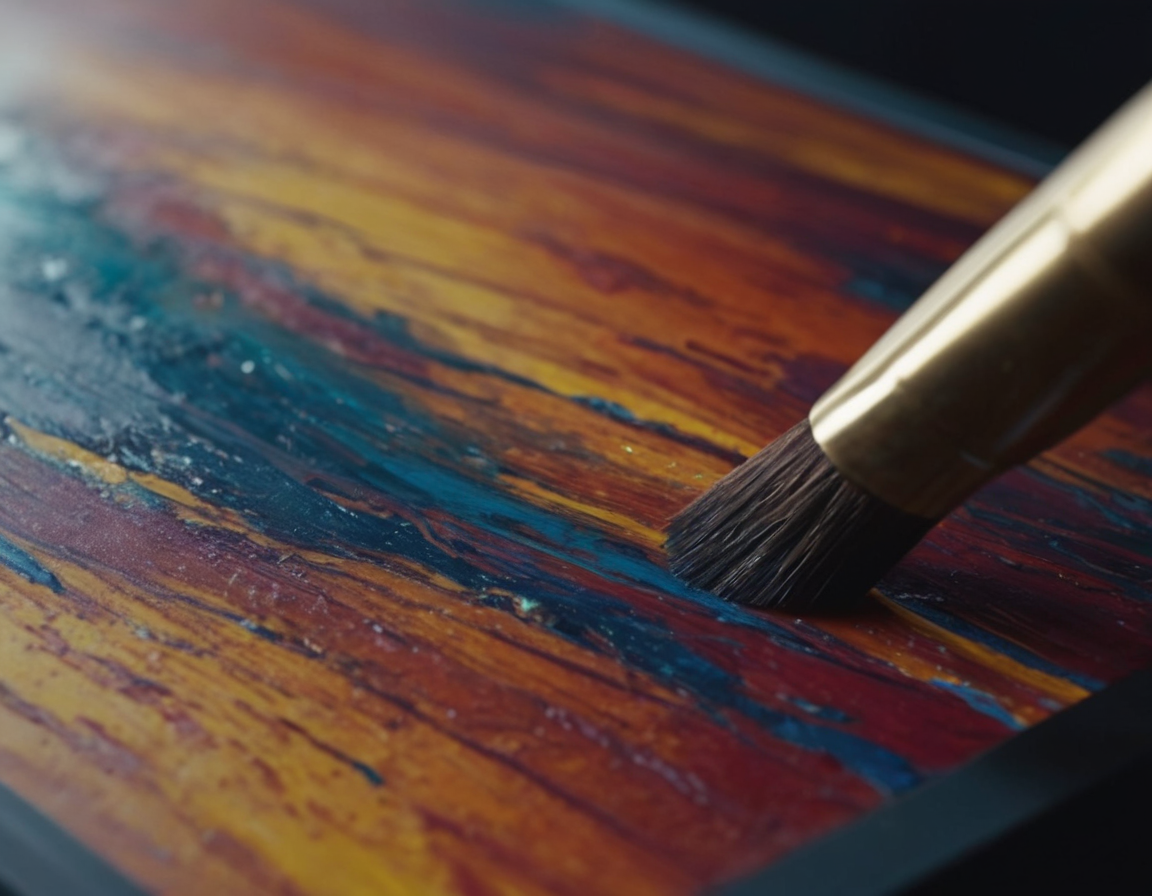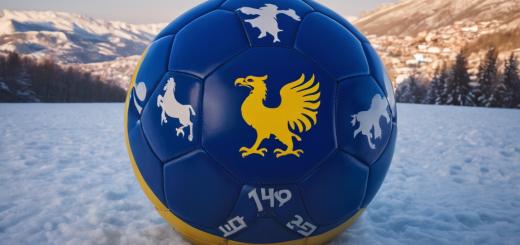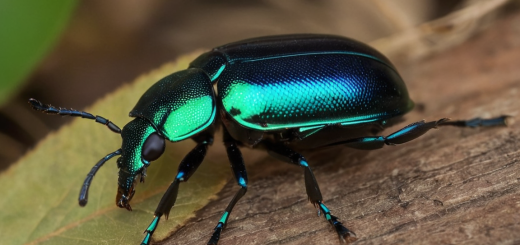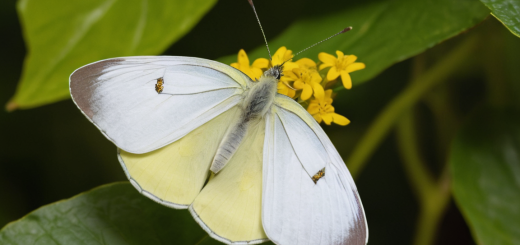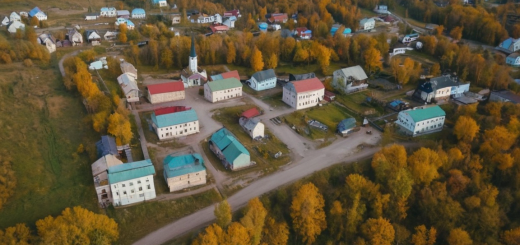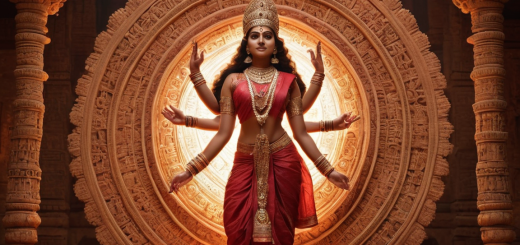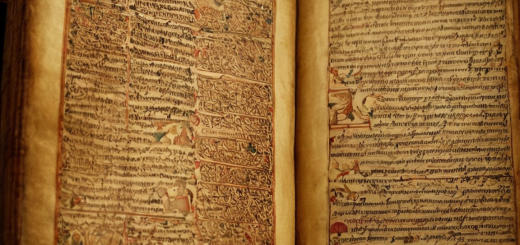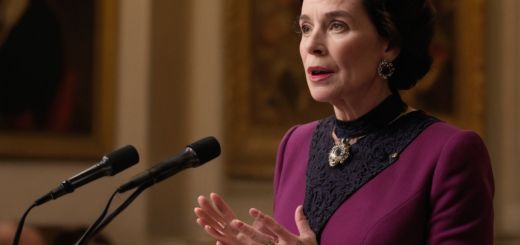The Rising Influence of AI in Creative Arts: Exploring the World of AI Painting
The Artistic Revolution: AI’s Foray into Painting and Creativity
As technology evolves, the boundaries between human creativity and artificial intelligence (AI) continue to blur. In recent years, a surge in AI-generated visual arts has ignited discussions on the role that machine learning algorithms play in the creative fields. From creating abstract images to reconstructing historical artworks, AI paints a new picture of the future of art. 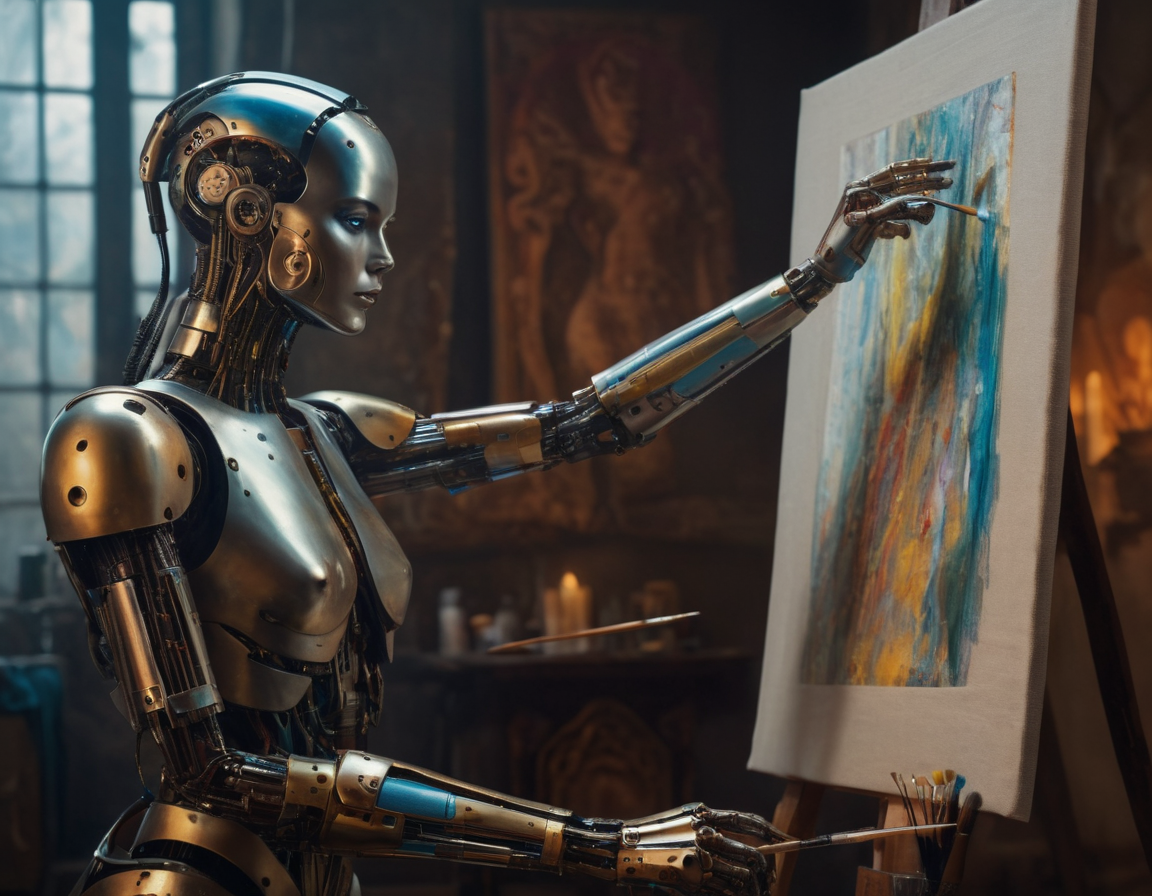
Background: The Evolution of AI in Art
Artificial intelligence has been a ground-breaking force across several industries, and the realm of creative arts is no exception. Traditional artists and digital creators have witnessed the emergence of AI-assisted tools that can analyze patterns, understand color schemes, and generate complex images that mirror the nuances of human expression.
Current Relevance: AI Artists on the Rise
In the digital era, artists are exploring AI technology to push the boundaries of aesthetic production. AI algorithms have been collaborating with human artists to produce work that is showcased in galleries and exhibitions around the world. Surprisingly, some AI-generated artworks have even made their way to prestigious auctions, selling for considerable sums and challenging our preconceptions about the origin of art. 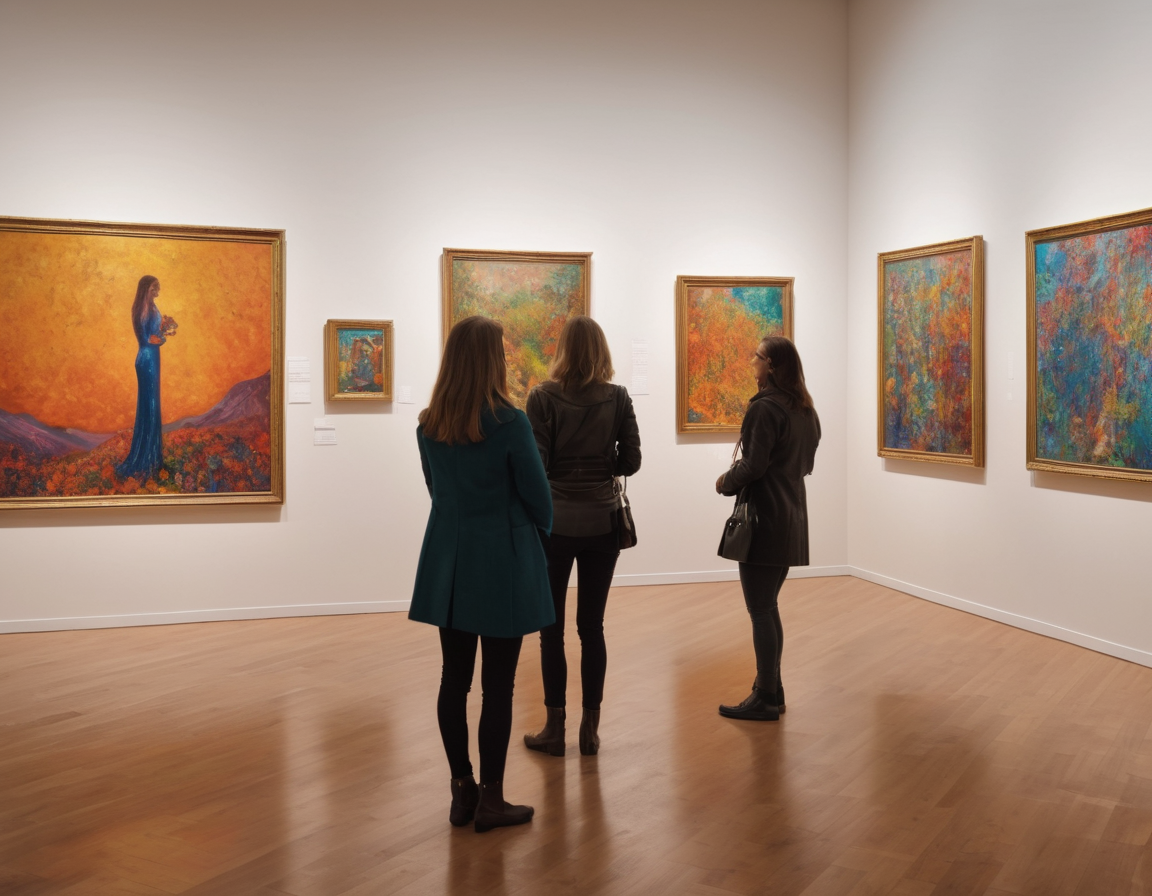
Expert Opinions: Debating AI’s Place in Art
While many celebrate the innovative potential of AI, others are cautious, raising questions about originality and authorship. Art connoisseurs and technology ethicists are engaged in a heated debate—does an AI possess creativity, or is it merely mimicking human output based on data trends? Critics argue that true art requires a human experience, but supporters of AI art suggest that introducing machine learning into the creative process might open up a new world of artistic possibilities. 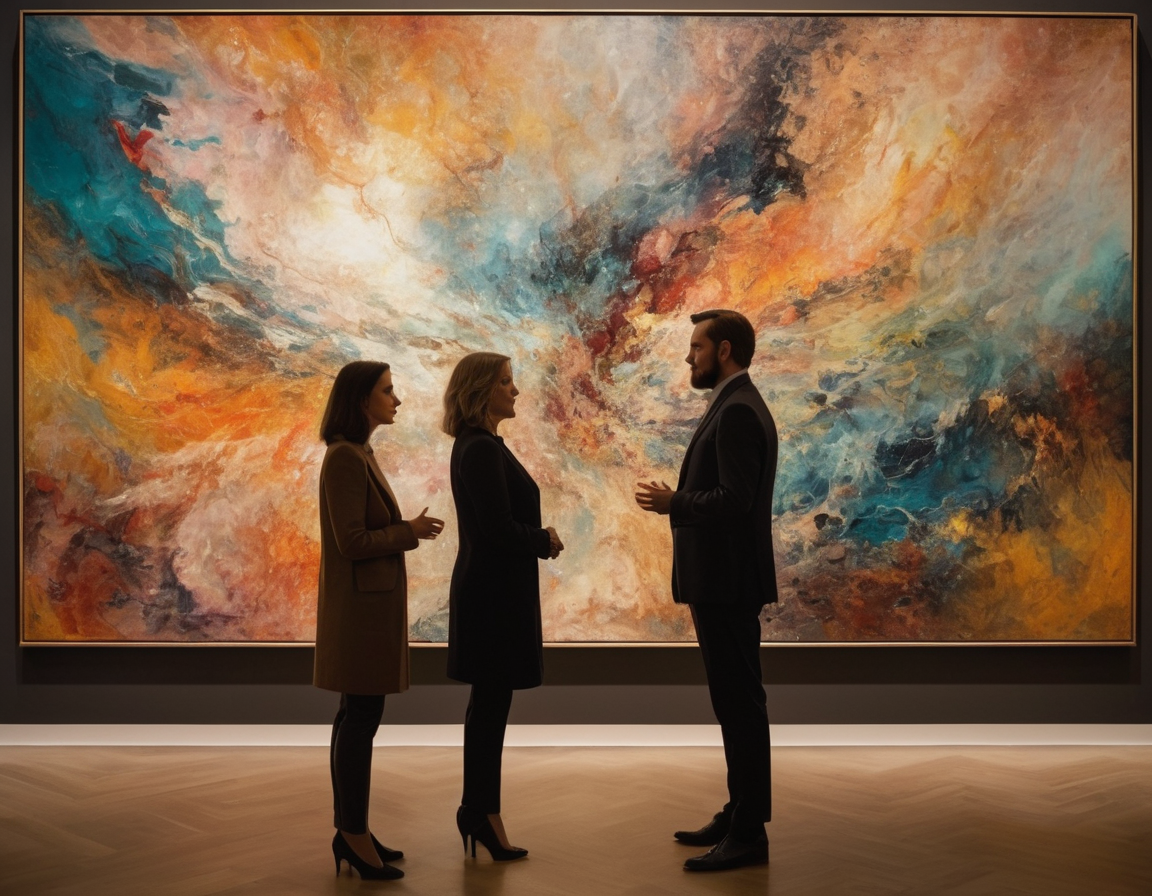
Real-World Impact: Redefining Artistic Production
The role of AI in art is redefining what it means to be a creator. It challenges the traditional artist’s role and compels societies to reevaluate the economic and copyright implications of AI-generated content. As such, the proliferation of AI in art has significant implications for artists, galleries, and collectors alike, influencing how art is created, priced, and owned. 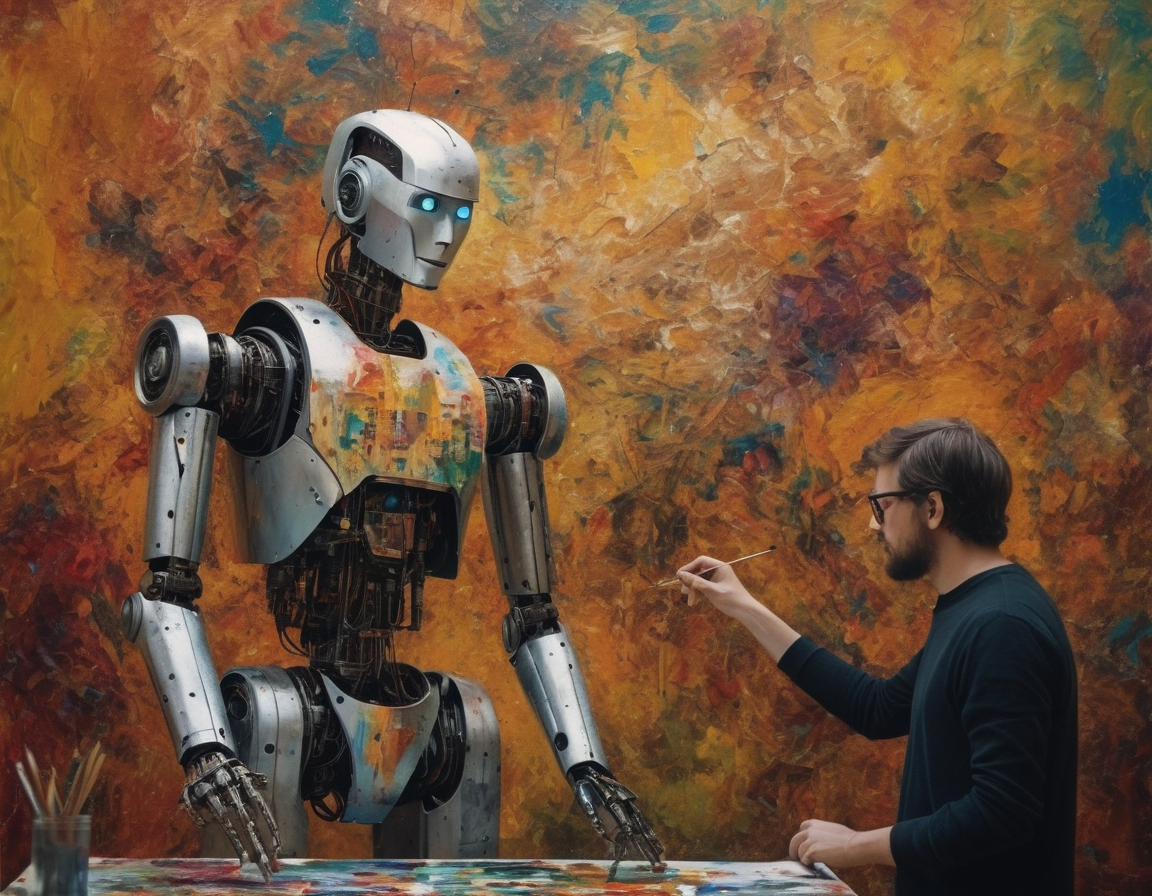
Future Outlook: What’s Next for AI and Art?
Considering the rapid pace of technological advancement, it’s only a matter of time before AI becomes an integral part of the artistic landscape. There is much speculation about how AI will further integrate with human creativity, potentially leading to new forms of creative expression that are yet to be conceived. The art world stands on the brink of a new era, looking forward to the next masterpiece that blurs the line between man and machine. 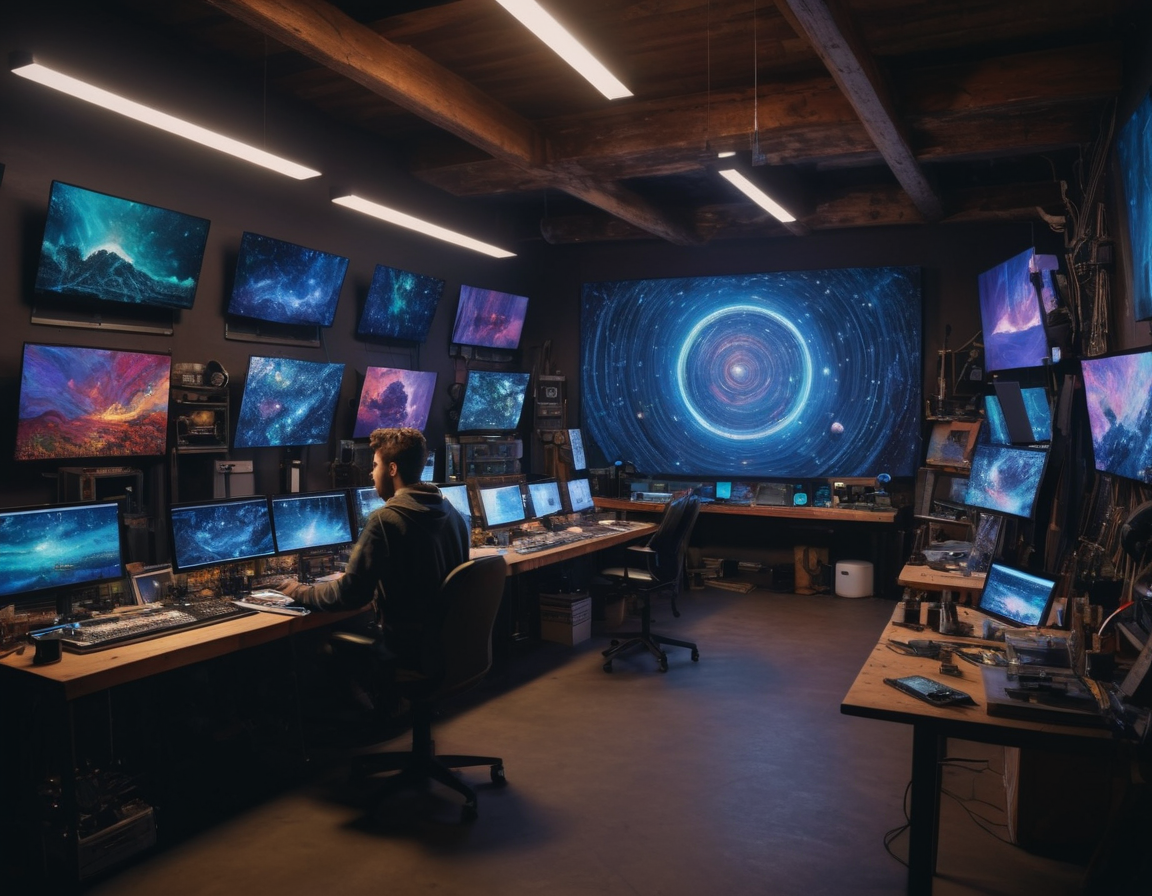
As we continue to explore this brave new artistic frontier, one thing is certain—the canvas of the future is digital, and AI is holding the brush. 